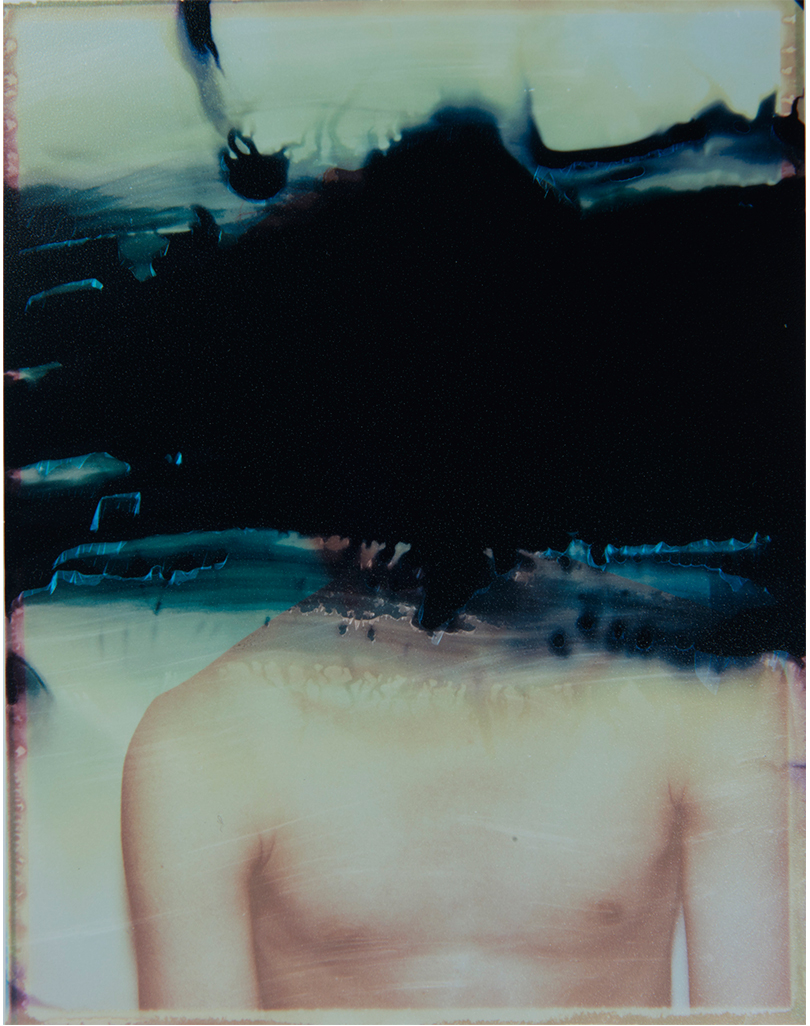
It's dangerous to be exposed too much.
I decided to hide the things I don't want to see.
You can see too much in Photography.
It's dangerous to be exposed too much.
This is just the right amount of expression to show reality.
"gengetsu" is a series of portrait works featured anonymous models by Takemi Yabuki (b.1982), a commercial photographer. Yabuki throws a question on "Visibility and Invisibility", "hidden things" and "things that are ignored" in photography.
Yabuki randomly asks strangers on the street, who later he uses them as a subject.
He shot a portrait within a very limited time while he kept having a distance of "strangers". Then, he intended to make their portraits partly invisible by covering the parts of their face or body, and he asked us a question of being visible and invisible, and things that are hidden and ignored in Photography.
Yabuki expresses his own world by his unique photo technique of printing negative films from developed polaroids.
As water is often said to be the worst enemy of electronics, we tend to forget the fact that water was essential for original photography technique.
For example, think about the sliminess of chemical agent that covers the surface of films or printing papers; or think about the developer.
The latent image becomes slowly visible by being immersed in the developer. The point where the image touched developer creates "path" of development in forms of lines and spots, then be imprinted on the paper together with the image. Once you experience the dark room process, it feels strange to see the image being stable in the unstable, flowing liquid.
When I opened Yabuki's photo book "gengetsu" for the first time, I got the impression that the image of a man jumped out from the book.
In fact it's only a man's image covered with black spots, but I strongly felt someone unknown behind the dark haze was approaching to me - as if, a man submerged rose to the surface abruptly.
Is it the effect of the bluish background, or the path of fluid imprinted?
In this way, Yabuki's works reminds us of the origin of photographywith its feels of dampness.
Photography is monstrous object by itsnature. Needless to say, much of human body is composed of water.
Fumiko Nakamura - Curator, Aichi Prefectural Museum of Art
Photo credit:
"no.79" 2014
type c-print 750mmx550mm
© takemi yabuki Courtesy of Ai Kowada Gallery